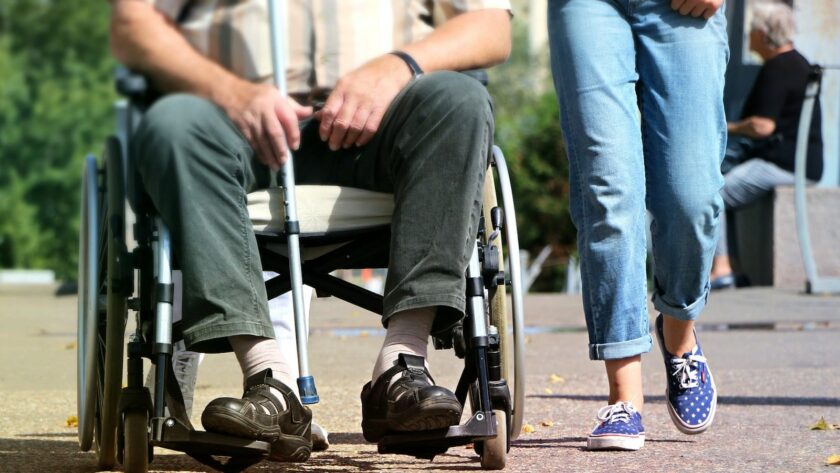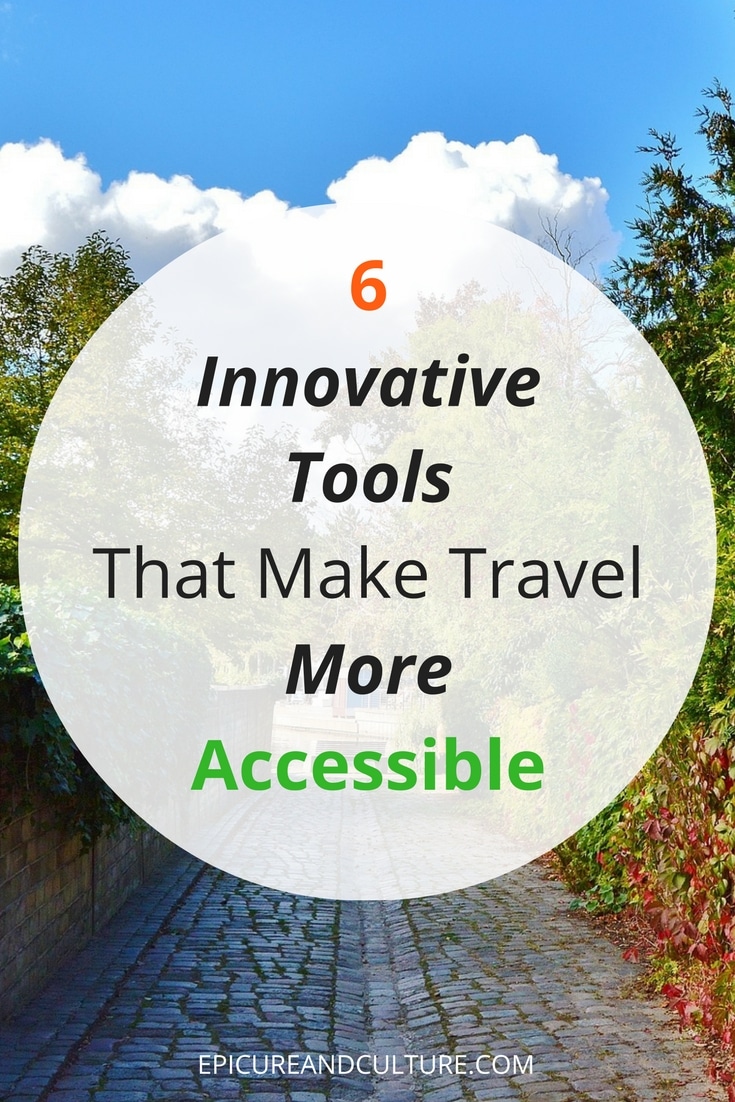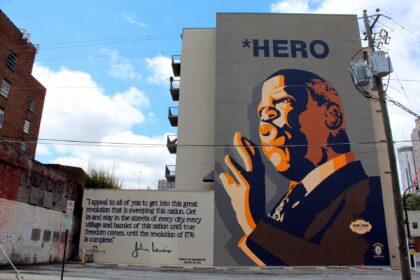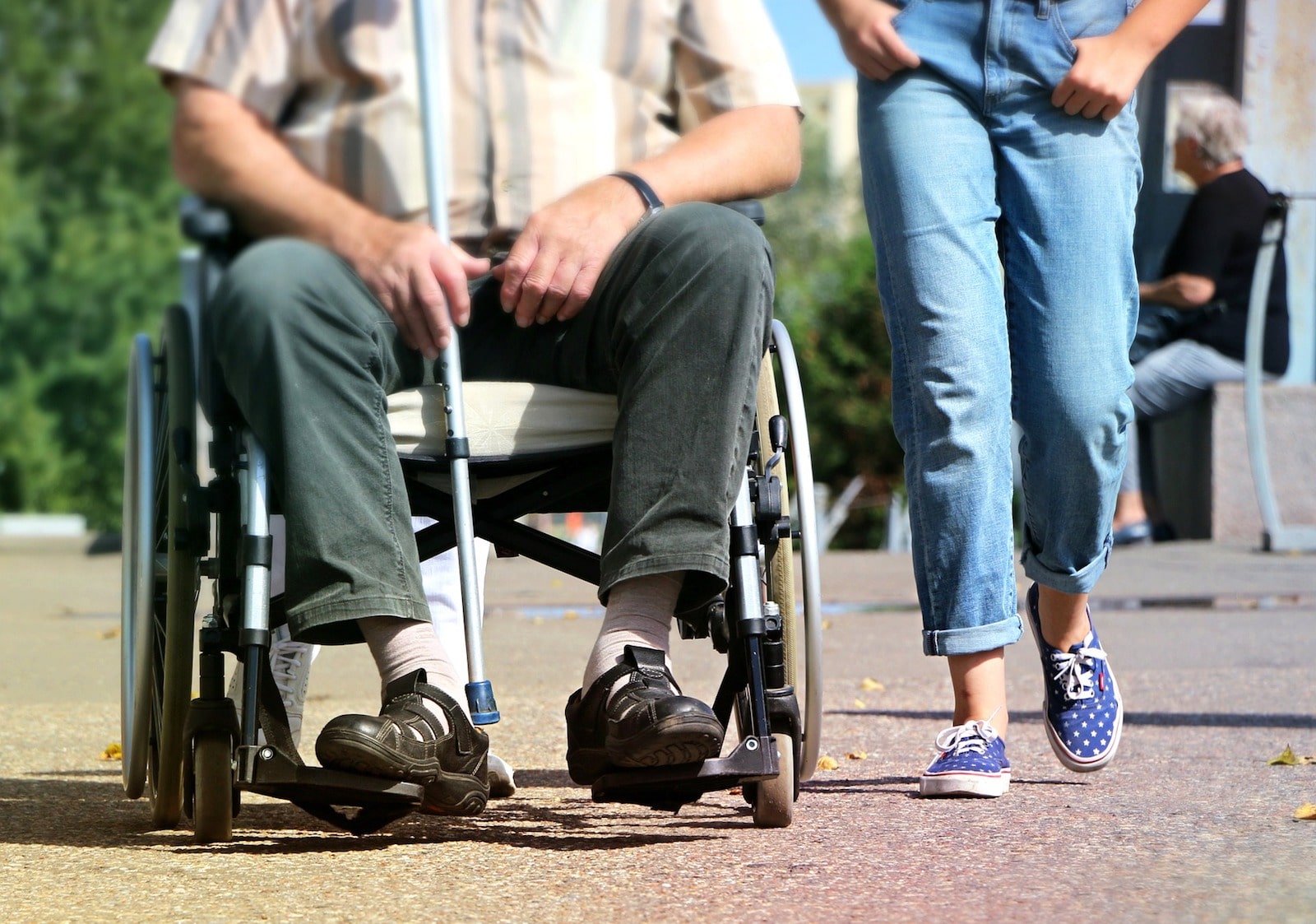
By Sarine Arslanian, Epicure & Culture Contributor
According to a survey conducted by Mandala Research LLC for the Open Doors Organization, 15% of American adults — approximately 36 million people — have some form of disability.
Disabilities are defined as “having blindness, deafness, or a condition that substantially limits one or more basic physical activities such as walking, climbing stairs, reaching, lifting, or carrying.”
When looking at the travel patterns and experiences of people with disabilities, research shows that they tend to travel in large numbers and spend considerable amounts of money.
Even so, obstacles remain. The number of people with disabilities is expected to augment drastically in the next couple of years, therefore it has become crucial to find ways to overcome these challenges.
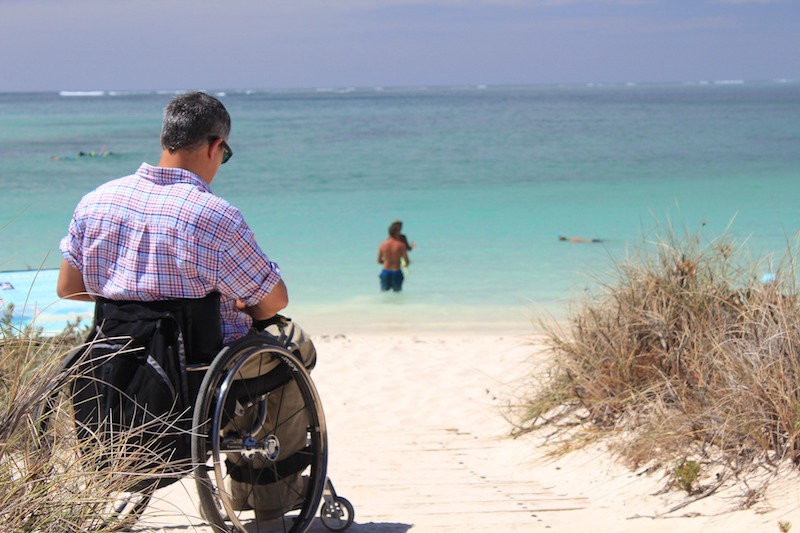
The Challenges Of Traveling With A Disability
According to the survey, two thirds of travelers with disabilities encounter difficulties on their trips. For example, they experience cramped seating areas and narrow aisles on planes, and long distances between gates in airports. Travelers with disabilities also have to deal with a lack of space between tables and difficult entry doors and steps in restaurants. They may also end up in a hotel with unsuitable bedrooms, heavy doors and inaccessible shower facilities.
In the US, the Americans with Disabilities Act regulates accessibility standards and requirements in public and private spaces. It also prohibits discrimination based on disability. The law was enacted in 1990 and the progress that has been made since is quite significant, but there remains a long way to go.
Digital Solutions To Make Travel Accessible
Technology plays a crucial role in making travel accessible for people with disabilities. Travelers can use the internet to book trips that suit their needs and requirements, look for accessible facilities and ask for travel assistance. According to Sharon Rosenblatt, an accessibility professional who advocates for inclusive technology, having apps which feature technical accessibility can make the difference in terms of retaining or losing customers.
The following travel apps, platforms and devices make traveling with a disability easier and safer, while guaranteeing users a meaningful travel adventure and fun-packed experience.
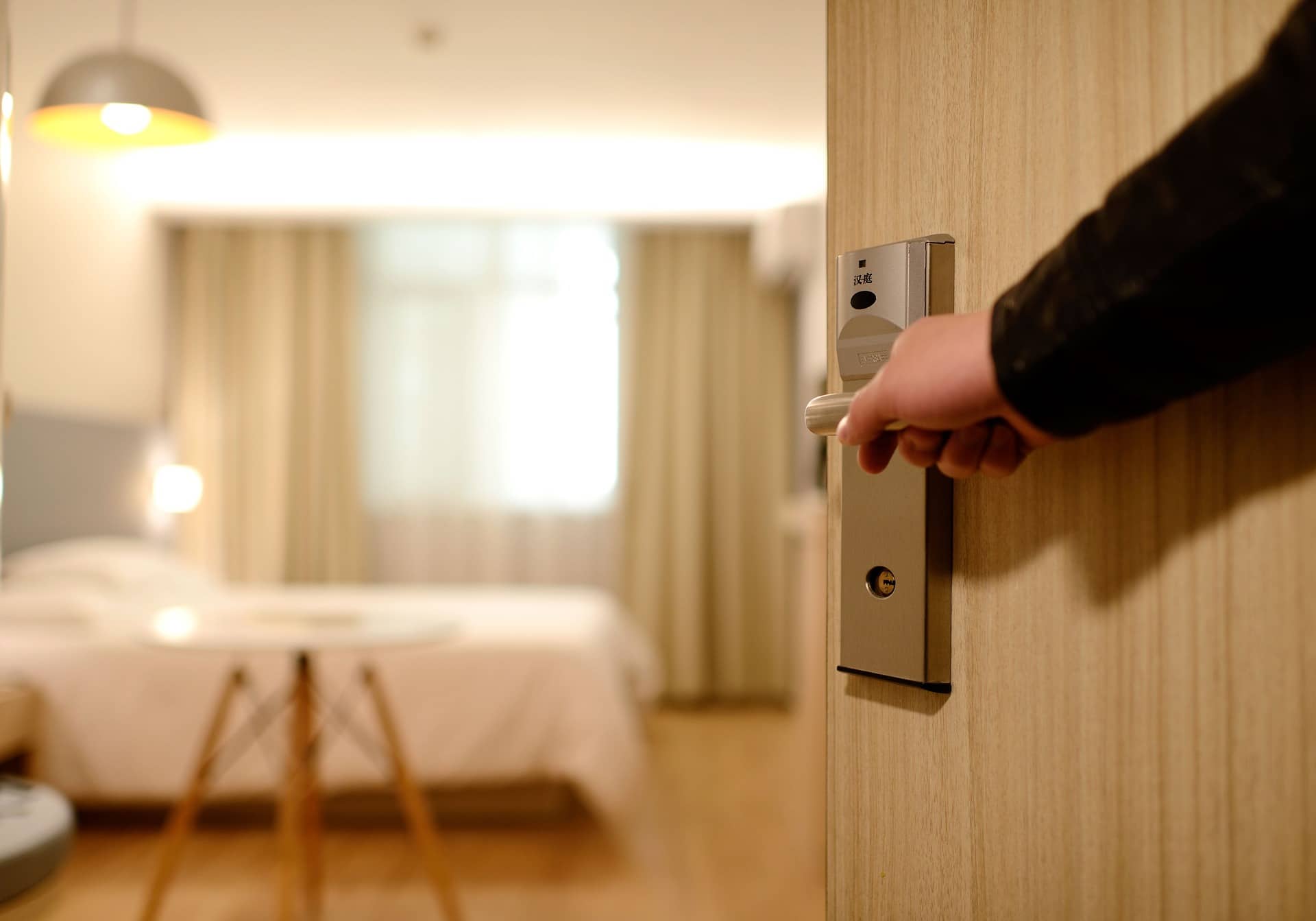
1) Brettapproved
This travel and entertainment website helps people with a physical disability or mobility challenge travel with confidence. Community members share all the relevant accessibility-focused information that is needed in order to travel without worrying about basic things. Users can see which hotels and restaurants cater for travelers with disabilities, among other things. There are also accessible travel experts who can help you plan your trip.
Talking from personal experience, Brett Heising, the founder and CEO of brettaproved.com, explains that people with disabilities cannot just book a trip and go. There is a lot of advance planning involved. He believes that travel should be accessible for everyone, therefore he is working hard to foster a community that helps travelers with disabilities “make informed buying decisions, and to take some of the guesswork out of travel.”
These 6 apps and devices help people with disabilities #travel better and safer. Click To Tweet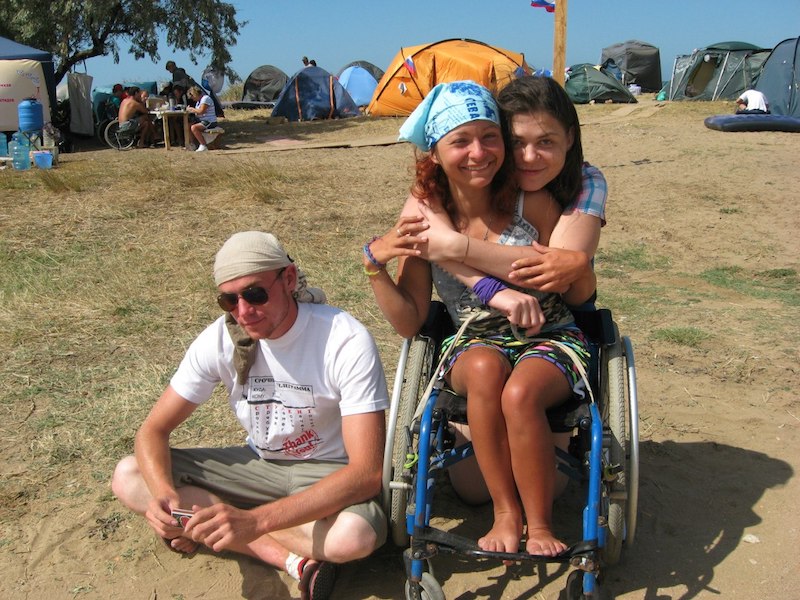
2) MeetnGreetMe
Although not specifically designed for travelers with disabilities, this online platform can increase the ease of travel by connecting the traveler with local people offering personal concierge services. All MeetnGreeters are verified and some have experience working with people with disabilities.
Before moving to Los Angeles and joining the MeetnGreetMe team, Natalie worked with a Russian association of young people with disabilities, joining them on trips to Russia, Ukraine and Belarus. She helped book hotels or health resorts for the group, assisted in arranging sports and leisure activities, and accompanied them to different venues, theaters and clubs.
Inspired by their positive attitude and determination, Natalie says, “The meaning of all these trips is to show that traumas and disabilities do not bring your life to a standstill. There are a lot of opportunities out there and it’s time to inspire other people with disabilities to enjoy their life to the full.”
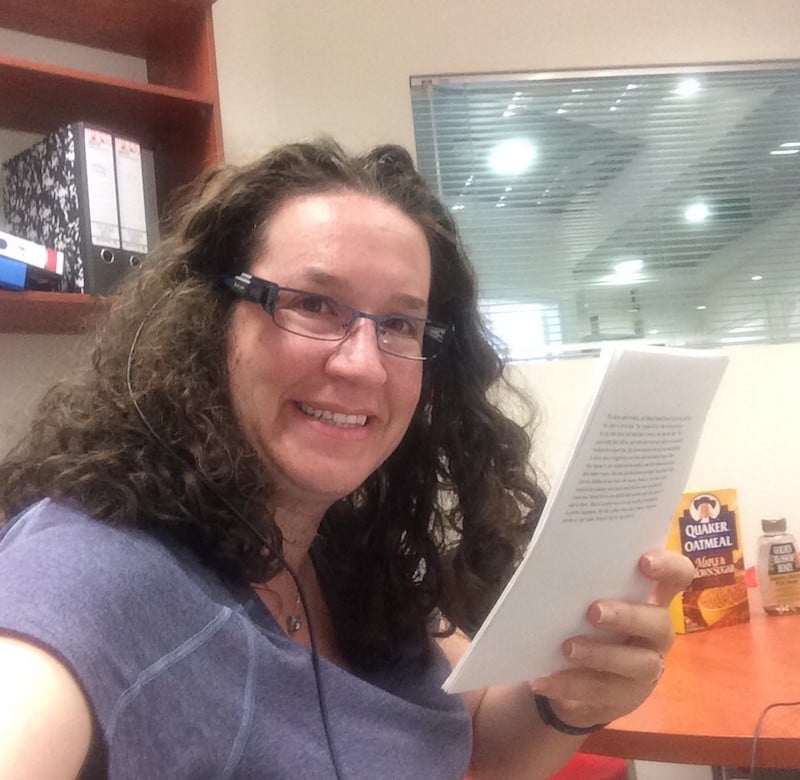
3) OrCam MyEye
These glasses have an in-built optical character recognition software that makes it possible for people who are blind or have impaired vision to convert visual data into spoken words. The user scans the words and these are then read aloud into his or her earpiece. It is a remarkable tool for reading signs, restaurant menus or maps while traveling.
4) eSight
This breakthrough device helps people with low vision see better. The eSight electronic glasses contain a small, high speed camera which captures everything the user looks at. The live video stream is immediately sent to a computer which processes every pixel. The image is then transformed in a way that can be enhanced, zoomed or used with color contrast in real-time.
#Technology is making #travel more accessible for people with disabilities. Here's how. Click To Tweet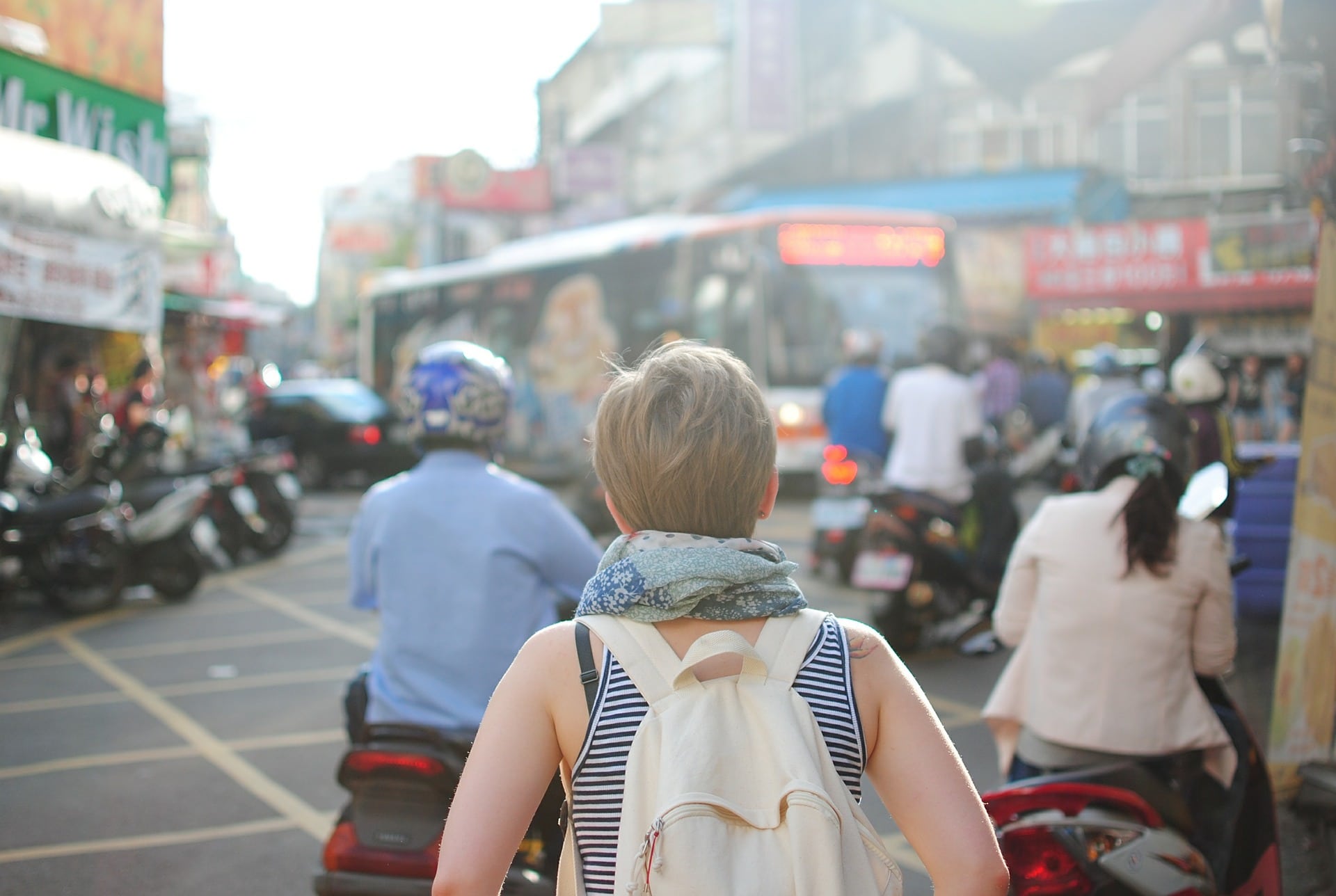
5) Autour
Autour, meaning “around” in French, is a free app that has been developed in Montreal to help blind individuals find their way around cities. Currently available on iPhones, the app provides users with audio information on places of interest and outlets, including restaurants and clothing stores. As users approach the place, the name is said out loud, giving them a sense of distance and direction that is way better than a classic GPS. This is a perfect tool for visually impaired travelers who want to discover places that used to be out of reach.
6) Antenna
Quite a number of popular tourist attractions are now using high-tech multi-media to enhance the experience for disabled people. At the USS Midway Museum in San Diego, visually impaired and deaf visitors can benefit from hybrid tours in a challenging location. A guide leads the non-sighted visitors to the points of interest on the ship, where they can listen to audio descriptions at designated spaces. Meanwhile, deaf visitors can join a dynamic sign language tour.
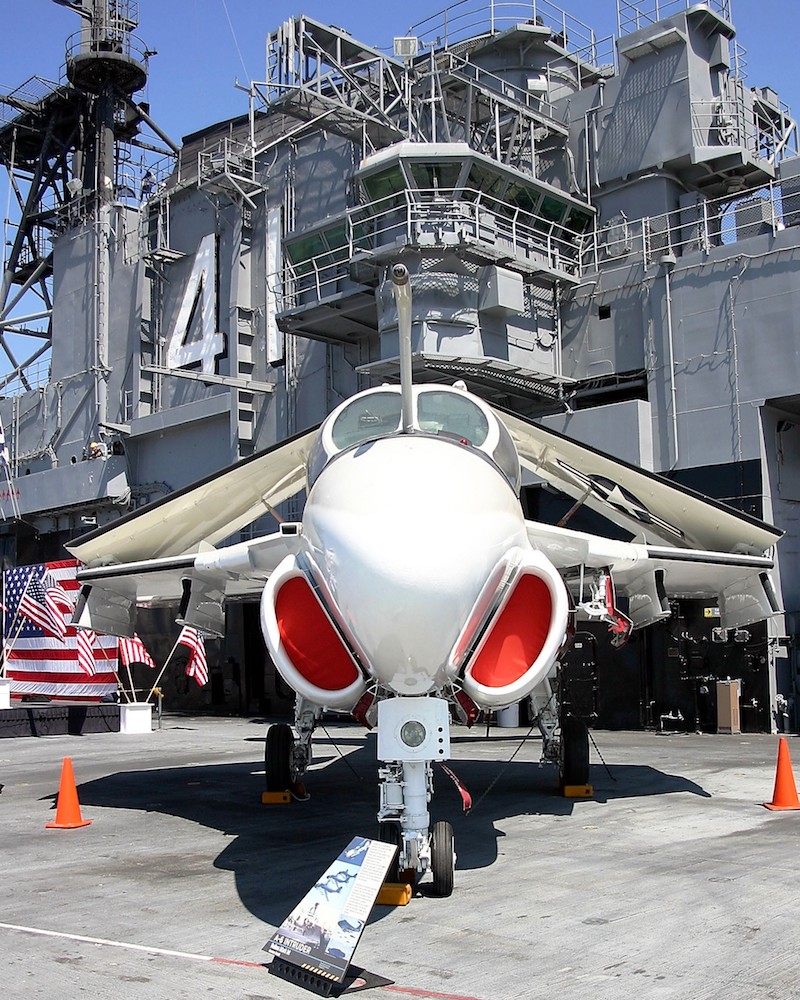
Mark Berlin, the Director of Exhibit & Curatorial Operations at the USS Midway Museum, says that the response received from guests since the implementation of adapted tours has been very positive. Visitors are very satisfied with the content and delivery; however, some people have complained that the adaptive tours only cover half the stops of a regular tour. Berlin says that this is mainly due to budget constraints and also practical navigational issues of getting through the ship in a safe and timely manner.
Nevertheless, the museum is continuously working to improve tours for travelers with disabilities. Thanks to the recent collaboration with Antenna, visually impaired and deaf guests are now able to experience stories and immerse themselves aboard the ship in a meaningful and effective way.
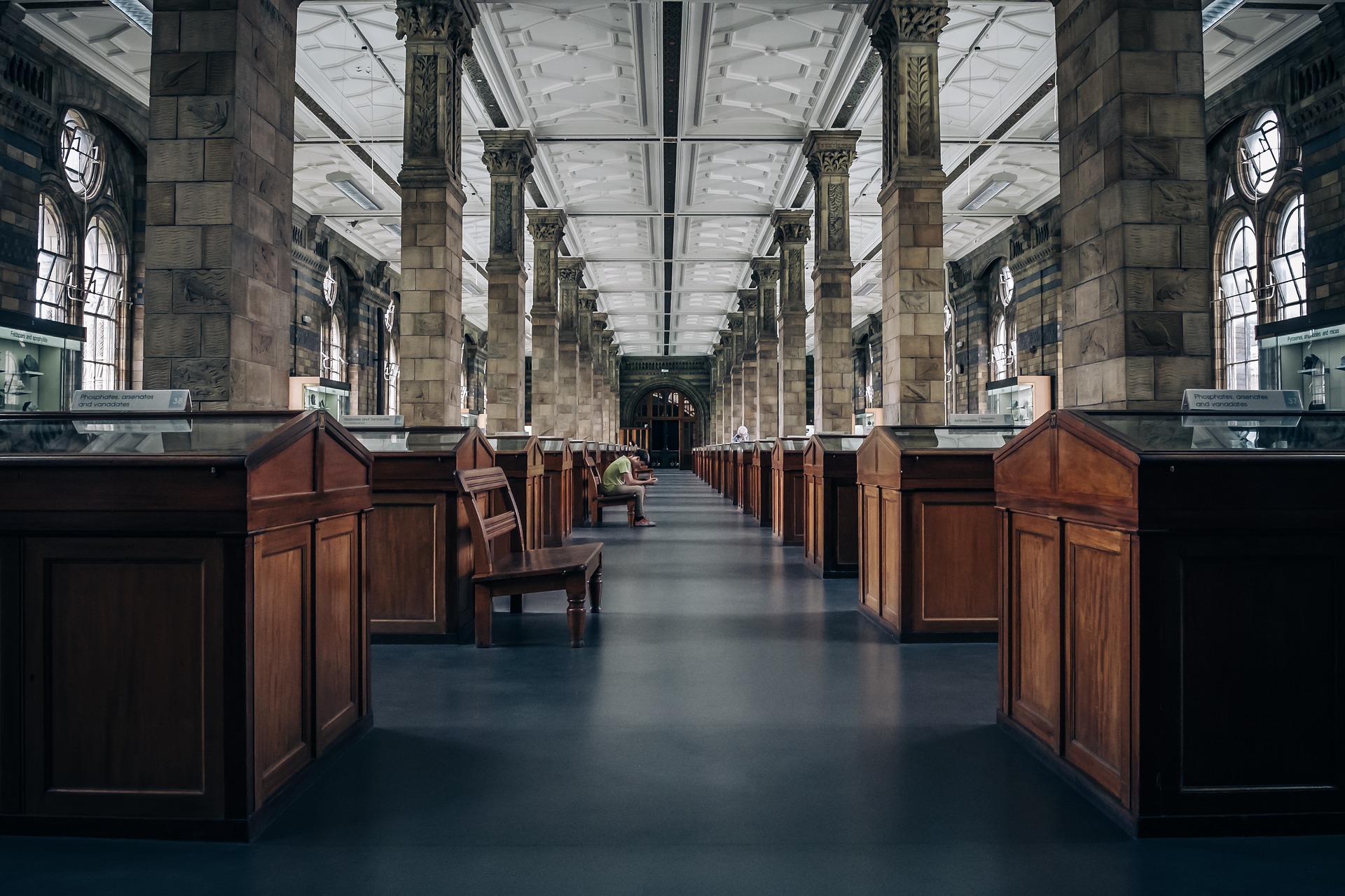
Christine Murray, the Senior Creative Strategist for Antenna, highlights the importance of developing apps in collaboration with blind or deaf communities. This model of co-creation helps them deliver more powerful and meaningful experiences for users.
Murray points out that, following incredible advances in technology in the past year, many museums have introduced apps that leverage indoor-positioning technology, such as beacons or Wi-Fi signals. These apps locate the exact position of a guest in a museum, then deliver the right content to that person at the right moment. This allows visually impaired visitors to navigate a place independently. It also enhances experiences for the deaf via auto-triggered audio, or captioning, or video messages. For example, The Indiana State Museum is prototyping the use of beacons to trigger location-aware content for blind and low vision visitors. This not only makes navigation easier, but it also creates a more immersive narrative.
For Christine Murray, “the ultimate goal as a mobile producer is to equip blind, low vision, and deaf visitors with a tool that gives them confidence, independence and a sense of freedom as they explore a museum in whatever way they choose, whenever they choose. That’s what it’s really about. Not access, but equity”.

What Does The Future Hold?
Brett Heising admits that his disability tends to dominate his travel planning process. He hopes that we will soon “get to the point where, as a society, we focus on universal design, places and objects that work for everyone, instead of accessibility”. This, however, is a long-term plan as it requires renovating existing buildings and facilities and building new ones.
For the immediate future, many of the obstacles faced by disabled travelers can be addressed with creative solutions. COSY, for example, is planning to develop technology which will make all complex indoor environments accessible, including sightseeing venues, for the blind and visually impaired. This is a crucial step forward as indoor spaces can be difficult to navigate. We have all struggled in grocery stores and large department stores. For the blind, this task is even more challenging.
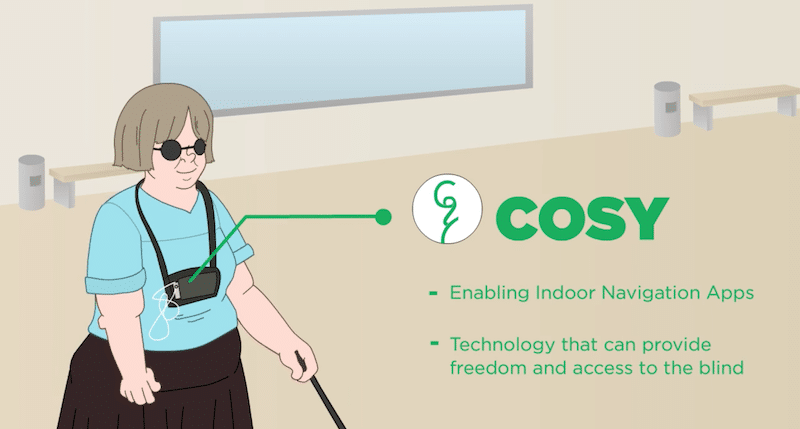
A few months ago, COSY piloted an app allowing a blind woman to independently find her way around a complex urban transit center without the need for wifi, beacons, or any other modification to the infrastructure. According to Ed Henkler, the COO of COSY, the project was a success.
Explains Henkler, “Her squeal of pure joy when she reached her destination spoke volumes about how important this new technology will be for anyone who is blind or visually impaired.”
So will COSY become the indoor equivalent of GPS? Well, it seems like this might be where we are heading!
What other apps or devices for traveling with a disability would you add to the list?
Further Exploration:
The Secret To Navigating Public Transportation With A Disability [Blog Inspiration]
Air Travel for Wheelchair Users [Great Reads]
Vigilant Personal Alarm [Travel Safety]
Latest posts by Sarine Arslanian (see all)
- How To Find Your Purpose Through Mayan Astrology In Guatemala - Jul 5, 2017
- 6 Innovative Tools That Make Travel More Accessible - Jan 23, 2017
- Serenity & Sustainable Tourism On Kenya’s Galu Beach - Nov 21, 2016
- Mursi Women Redefine Beauty With Clay Plates - Mar 30, 2016
- How One Conscious Lifestyle Brand Is Using Fashion To Empower Women - Sep 23, 2015

